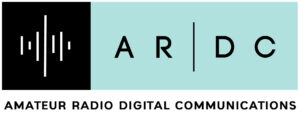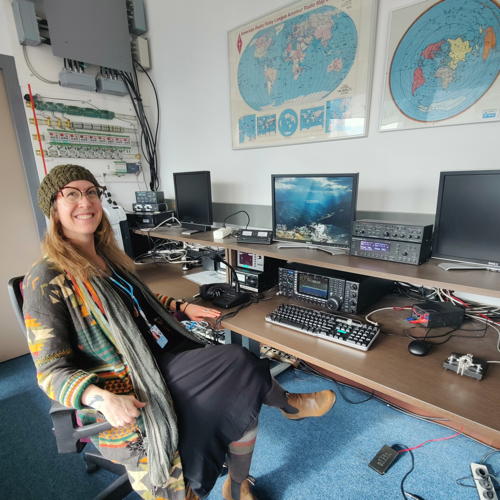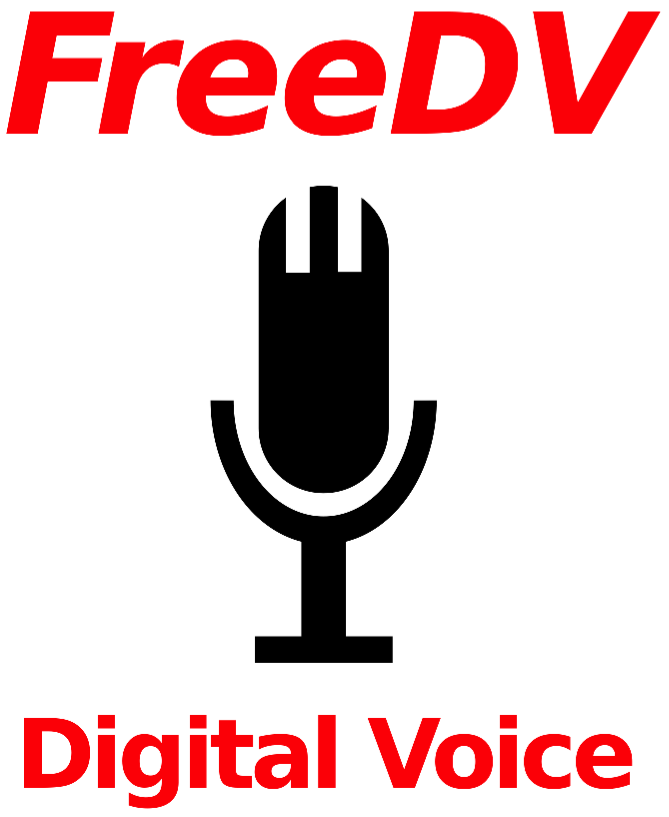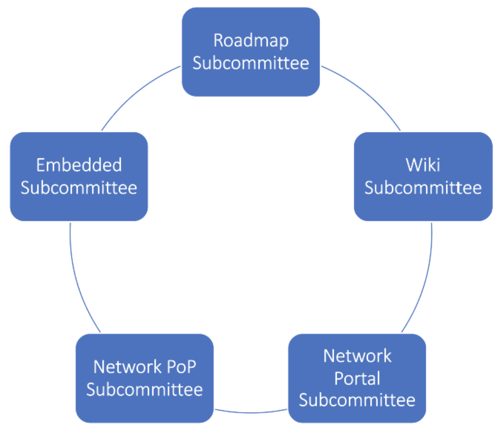 March 2023
In this issue...
A Note from Rosy
Spring is almost here, and with it we start to think about new growth and new beginnings. Personally I get excited about the longer days and coming warmth after the cold, gray winter – with near-record-breaking snow here in Portland, OR, this last February. I’ve got a similar feeling going into this season at ARDC. With our new Tech Director on board – Jon KA6NVY – ARDC is now fully staffed (for now), and we’re starting to see movement on the 44Net portal and (much needed) related policy development, not to mention our backlog of technical projects. Y’all know how good it feels to get caught up on all of that – a bit like spring cleaning, as a matter of fact. There are also murmurings of new and exciting projects from our grantees. Growth, warmth, and fun is ahead. Happy Spring! 73,
p.s. Is there something in particular you’d like for us to be sharing and reporting on? An active grant or series of grants you’d like to know more about? Reach out with your suggestions any time – contact@ardc.net. We’re always open to feedback and ideas. p.p.s. In case you're wondering, that's a picture of me at a recent visit to 4U1ITU, the station at the International Telecommunications Union (ITU) in Geneva, Switzerland. It was wonderful to be able to visit and learn more about their rich history, which goes back more than 60 years. FreeDV Aims to Bring Open-Source HF Digital Voice into the Mainstream
An ARDC grant of $420,000 to the FreeDV Project, which is being fiscally sponsored by the Software Freedom Conservancy, will enable them to:
The FreeDV Project team believes that the work funded by this grant will:
For more information about FreeDV, go to https://www.freedv.org. TAC UpdateIn many ways, last year was a turning point for 44Net. We listened and learned about the use-cases, pain-points, and ideas for improvement that are already helping to guide us in evolving 44Net into an even better community resource. We have identified key initiatives to focus on this year, each of which has a dedicated subcommittee working group that is chaired by a TAC member. There are five of these subcommittees:
We are excited about the new features and services that we are developing, and believe that they will make 44Net easier to configure and easier to use. If you have thoughts or ideas, please don’t hesitate to share them: contact@ardc.net. Come See Us at HamSCI, QSO Today Virtual Expo, Dayton HamventionARDC will be on the road again in the months ahead attending the following conferences:
Contact us!We want to hear from you:
Follow us on Twitter: @ardc_73. Our MissionThe mission of Amateur Radio Digital Communications (ARDC) is to support, promote, and enhance digital communication and broader communication science and technology, to promote amateur radio, scientific research, experimentation, education, development, open access, and innovation in information and communication technology. To change your subscription, click here. |
 Hello!
Hello!
 
 HamSCI 2023
HamSCI 2023